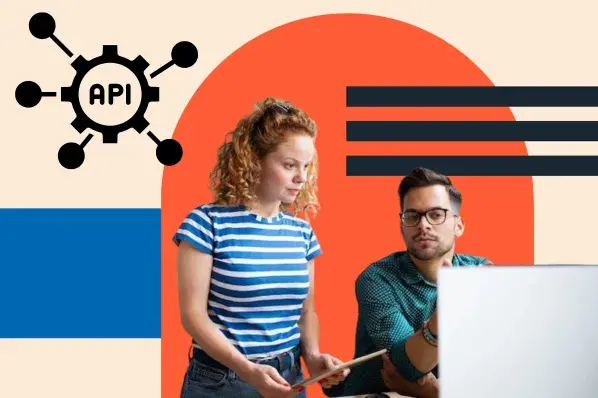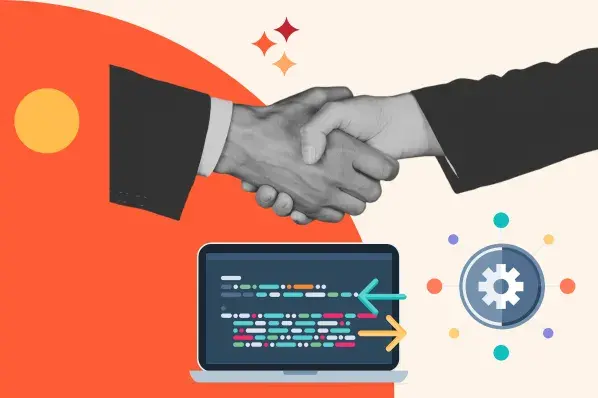Traditional REST queries require multiple requests to get all of the necessary information, and as you scale, your application will become bogged down with managing those requests. With GraphQL, you can query exactly what you need with one request and easily express complex data requirements— not to mention potential support for real-time subscriptions.
So if improved performance, simpler integration across clients, faster development times, and decreased maintenance costs sound appealing, join us as we dive deep into learning everything about GraphQL.
What is GraphQL?
GraphQL is a query language created by Facebook to build and connect APIs. It allows developers to define what data a client needs in one request. Instead of having an endpoint for every type of data a client might need, GraphQL allows you to make one call and get what you need quickly and efficiently. Its benefits over traditional REST APIs include the following:
- Faster development times: GraphQL’s syntax is easier to learn and implement, so developers spend less time writing code.
- Improved performance: Allowing clients to ask for what data they need in one request improves the server's response time.
- Reduced maintenance costs: A single GraphQL endpoint simplifies server maintenance and reduces the need to monitor multiple endpoints.
How does GraphQL work?
At its core, GraphQL is used to build APIs. It uses what's called a type system to define data and how it's accessed. With GraphQL, users can define what data they need in one request and get it back as a JSON response.
GraphQL consists of three components:
- The Query Language – This is what developers use to define what data a client needs from the API.
- The Schema Definition Language (SDL) – This is what developers use to define the data structure that can be requested from the API.
- The Resolver – The server uses this to process the GraphQL query and return the requested data.
GraphQL is also highly flexible, allowing developers to add or remove fields from a query without changing the underlying code. This reduces the need for multiple endpoints and simplifies changing a data structure.
GraphQL Example
Let's look at an example of how GraphQL works. Say you have a server with two types of books: fiction and nonfiction. With a traditional REST API, you would need to make two separate requests for each type of book. With GraphQL, you can define what data the client needs in one request.
To make a GraphQL query, you must first define your desired data type. This is done with what's called a schema. The schema provides the structure of the available data and how it can be combined. Once the type system is defined, clients can access what they need using a query.
Let’s look at what a GraphQL query looks like in action. Below is an example of a GraphQL query:
This query returns what the client requested in one response. The server then uses the Resolver to process the request and return what was requested. GraphQL makes data querying faster and easier, allowing developers to build powerful APIs that provide clients with quickly what they need.
Why is GraphQL is Special?
We've looked at GraphQL, what it does, and how it works. But what makes GraphQL so special?
First of all, GraphQL simplifies data querying by allowing clients to make one request for what they need. This saves time and resources since the server doesn't need to make multiple requests to get what the client wants.
GraphQL also provides real-time subscription support, allowing clients to receive updates when an operation is performed on the server. This means that applications can be more reactive, providing users with near real-time data as it changes.
Finally, GraphQL is designed to be language-agnostic, meaning it can be used with any programming language. This makes it easier for developers to use GraphQL with their existing applications and build powerful APIs quickly.




![How to get a YouTube API key [tutorial + examples]](https://53.fs1.hubspotusercontent-na1.net/hubfs/53/%5BUse%20(1)-4.webp)
.webp)






